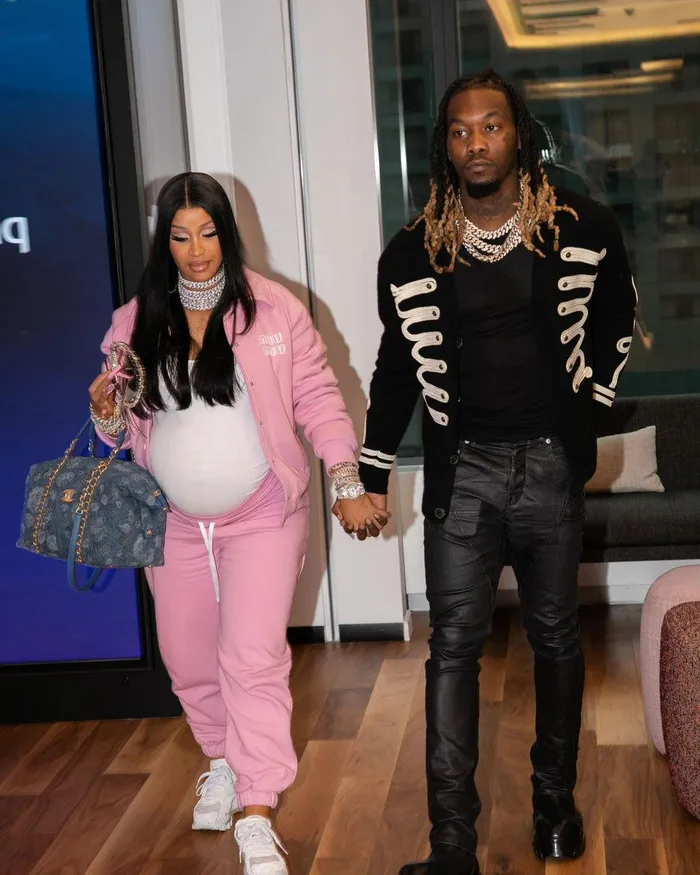

From Nothing in Compton to $140M — How Kendrick Lamar Turned His Pain Into Platinum and Left the World Speechless
When you think of Kendrick Lamar, you don’t just think of a rapper — you think of a storyteller, a visionary, and a cultural prophet whose words cut deeper than beats ever could. But long before the Pulitzer Prize, the Grammy Awards, and the $140 million net worth, there was a quiet, determined boy growing up in Compton, California, surrounded by gang violence, poverty, and survival. What sets Kendrick apart is not just his music — it’s the alchemy of turning pain into platinum, of transforming trauma into truth, and ultimately, silence into a standing ovation that resonates across the globe.

Born in the Fire: Growing Up in Compton
Kendrick Lamar Duckworth was born on June 17, 1987, into a world already heavy with pressure. Compton, his hometown, has long been associated with gang culture, systemic inequality, and artistic rebellion. The shadows of N.W.A, Tupac Shakur, and Dr. Dre loomed large in the streets where Kendrick walked, and it was in this same battleground that he began forging his identity.
His parents had moved to California from Chicago to escape the violence, only to land in another warzone. Kendrick, a quiet observer, soaked in everything around him — from the tense dynamics of the neighborhood to the deeply personal struggles within his own family. This sensitivity, combined with a sharp intellect and relentless curiosity, laid the groundwork for one of the most complex voices hip-hop has ever known.
Compton didn’t just shape Kendrick’s style. It sculpted his soul.
Mixtapes, Mentors, and Making It
Long before To Pimp a Butterfly or DAMN., Kendrick started his journey as “K.Dot,” releasing mixtapes that quickly caught the attention of local producers and hip-hop heads. His lyrical ability was undeniable — at just 16, he was already earning co-signs from some of the biggest names in the game. But Kendrick wasn’t in it for fame. He was in it for truth.
When he linked up with Top Dawg Entertainment (TDE), it became the foundation for one of the most influential movements in modern rap. TDE was more than a label — it was a safe house for experimentation, introspection, and raw honesty. Kendrick’s early works like Overly Dedicated and Section.80 displayed his willingness to ask hard questions about race, politics, religion, and mental health, even before it was fashionable to do so in rap.
At every turn, he refused to conform. While others chased club hits, Kendrick chased substance. And the world began to notice.
Good Kid, M.A.A.D City: The Arrival of a Prophet
In 2012, Kendrick dropped Good Kid, M.A.A.D City, and hip-hop would never be the same. This wasn’t just an album — it was a cinematic journey through Kendrick’s youth, complete with characters, conflicts, and consequences. It chronicled his experiences growing up in Compton, dodging gang violence, and wrestling with the conflicting forces of faith and fury.
The album was raw, unapologetic, and deeply personal. Tracks like “Sing About Me, I’m Dying of Thirst” and “The Art of Peer Pressure” didn’t just entertain — they educated. Kendrick wasn’t rapping for radio play; he was writing for history.
The project debuted at number two on the Billboard 200, went multi-platinum, and quickly became a classic. But more importantly, it positioned Kendrick as the conscience of a generation — someone who could rap about the streets and still offer moral clarity.
To Pimp a Butterfly: Art as Activism
If Good Kid was the revelation, To Pimp a Butterfly was the revolution. Released in 2015, at a time when America was convulsing from the deaths of Trayvon Martin, Michael Brown, and countless others, Kendrick delivered an album that was bold, uncomfortable, and sonically daring. He infused elements of jazz, funk, spoken word, and Afro-futurism to create a record that was both a eulogy and a call to arms.
Songs like “Alright” became anthems for the Black Lives Matter movement, shouted in the streets during protests and echoed on college campuses. Kendrick’s voice became a rallying cry — not just in hip-hop, but in American culture at large.
He wasn’t just successful — he was impactful. And with that impact came both praise and pressure. How do you follow up a masterpiece that already feels like a final statement?
DAMN.: A Pulitzer and a Paradox
In 2017, Kendrick released DAMN., and once again, he flipped the script. This time, the production was leaner, the hooks catchier, but the introspection even deeper. The album danced between contradictions: humility and arrogance, sin and salvation, God and self. Tracks like “DNA,” “HUMBLE,” and “FEAR” peeled back more layers of Kendrick’s psyche.
But perhaps the greatest surprise came in 2018 when Kendrick won the Pulitzer Prize for Music, becoming the first non-classical or jazz artist to do so. It wasn’t just a win for Kendrick — it was a moment of validation for hip-hop as an art form capable of literary depth, social commentary, and aesthetic innovation.
From the streets of Compton to the Pulitzer stage, Kendrick had become more than an artist — he was now a symbol of what’s possible when truth meets talent.
Mr. Morale & The Big Stepper: Therapy on Wax
After a five-year hiatus filled with rumors, Kendrick returned in 2022 with Mr. Morale & The Big Steppers, his most vulnerable work yet. If To Pimp a Butterfly was outward-looking, this project turned inward, unpacking childhood trauma, generational cycles, therapy, and the burdens of Black celebrity.
It was less about hits and more about healing. Kendrick admitted his flaws, confronted his past, and even questioned the pedestal fans placed him on. It was messy. It was bold. And it was Kendrick being unflinchingly honest.
In a world obsessed with curated perfection, Kendrick Lamar chose authenticity — and it resonated.
Turning Pain Into Platinum
So how did a kid from Compton transform pain into platinum? Through storytelling, vulnerability, and a refusal to be defined by the industry’s limitations. Kendrick never compromised. He chose depth over flash, consciousness over commercialism, and legacy over likes.
His albums are not just collections of songs. They are chapters of a memoir, stitched together by themes of identity, faith, trauma, redemption, and resistance. And the world responded — not just with streams and awards, but with awe.
From working with artists like Beyoncé, SZA, and Dr. Dre, to curating the Black Panther soundtrack, Kendrick has consistently elevated the conversation. Every move feels intentional, every bar a reflection of a larger truth.
Silence, Then Applause
What makes Kendrick Lamar so powerful is not just what he says, but how often he chooses not to speak. In an era where artists are expected to post daily, react to every headline, and chase every trend, Kendrick disappears. He vanishes to live, reflect, and grow — then returns with something profoundly necessary.
That silence — followed by thunder — is part of what makes him mystical in the eyes of fans and critics alike. He’s not just giving you music; he’s giving you meaning.
The $140M Legacy
Today, Kendrick Lamar’s estimated net worth exceeds $140 million, but his true value can’t be measured in dollars. His influence extends far beyond music. He has redefined what it means to be a Black artist in America, showing that you can be commercially successful without sacrificing your soul.
He’s helped usher in an era where rappers can be activists, poets, and philosophers — not just entertainers. Through his work, Kendrick has helped make room for more complex conversations about race, masculinity, healing, and artistry.

And he’s done it all on his own terms.
Conclusion: A Voice That Echoes Beyond Music
Kendrick Lamar’s journey from nothing in Compton to global icon is not just a success story — it’s a blueprint. It proves that greatness isn’t born from comfort, but from the courage to confront pain, to tell stories that matter, and to never flinch in the face of your own reflection.
In turning his wounds into words, Kendrick hasn’t just left the world speechless — he’s left it listening.


















